Hurtigruten Pole to Pole - Week ten
- Sal Schmidt

- Oct 17, 2022
- 8 min read
Updated: Jun 14
Inca History, Colonial Highlights & the Panama Canal - Ecuador, South America
In week ten of our 13-week bucket list Pole to Pole cruise on the MS Roald Amundsen with Hurtigruten Expeditions, we embark on the West coast of South America (Note: Peru was cancelled due to COVID restrictions; if the ship had one positive case, she would have been quarantined for two weeks).
Day 64 - Manta, Ecuador
'Week ten' kicks off with Country 59. Welcome to Ecuador. On our way this morning, the ship was surrounded by a pod of dolphins, a lovely warm welcome to Ecuador.
We arrived early in the afternoon in Manta, a popular beach destination in Ecuador, home to 200,000 residents and the second largest port city in Ecuador.
The beaches were sandy and vast along the coast, the city was clean, and the locals were just as we were. With smiles, waves, and hellos at every opportunity, the people of Ecuador warmed our hearts.
We felt the natural vibe today and opted for the paid excursion to a nearby forest. A small group of us were on the bus, heading 45 minutes out of the city to the enchanted Pacoche Forest.
We passed through rural villages where 'The Montecristi' is generationally sourced, prepared, and handmade. The Montecristi is known to most of us as the 'Panama Hat'. We have learned a significant 'fun fact' this week: the hats are actually from and made in Ecuador, referred to as 'The Montecristi', a small village in Ecuador (near Manta) where they are hand-crafted by artisans. One hat with the finest straw can take up to three months and sell for over $1k.
As we passed through the villages, you could feel the locals' warmth and pride in their homes and environment; all were spotless and uncluttered.
From Manta to Pacoche, you experience three distinct microclimates: a semi-arid desert with expansive beaches and a transition area of dry forest, with vegetation to enter a misty, humid jungle.
Pacoche is a National Reserve natural wonder with a unique regional flora and fauna diversity. We are joined by a local, national naturist who guides us through the hidden gems while commenting on all flora and fauna.
We enjoyed the calmness of the forest and the fresh, misty air as we completed a 45-minute trek, listening intently for the unique Howler Monkeys, home to about 900 monkeys. We were mesmerised as we heard their roar below through the forest. We were lucky to see them feeding in the treetops. The territorial roar of the Howler Monkey is said to be the loudest sound made by any land animal in the world; it was quite an eerie experience.
It was a very insightful trek with our guide, Rinaldo. He was born and bred in the region, and his love for natural wonders shone through. We picked up lots of fun facts about the healing qualities of many plants and the not-so-healing qualities of some that can lead to the bitter end.
As dusk and the mist settled in, we were back on the bus to the ship. We were all delighted with the lunchbox we were gifted with local goodies. They were all delicious, especially the banana crisps, a local Ecuadorian banana, and the chocolate!
This evening, we sailed away from our first destination in Ecuador, Manta; it's always lovely to sail away from a sea of city lights.
Fun Facts:
Ecuador is a major exporter of bananas, coffee and chocolate.
The construction of the Panama Canal caused an excellent demand for toquilla straw hats from Ecuador because of their superb sun protection. The hat became internationally known in Panama, and people began to call it the 'Panama Hat' even though it originated in Ecuador.
Ecuador is also home to the smallest hummingbird in the world, the 'Bee Hummingbird,' which is 3-5cm in height.
The Montecristi hat is known to the world as the Panama hat, but it is the Montecristi in Ecuador. Hat production is commonly generational; one person goes to the forest to collect the straw, another dries the straw, and one makes the hat. The process is all by hand.
Ecuador is home to the tagua tree, which produces the corozo nut. It is an ivory nut that, when fresh, you can eat and drink from, like a mini coconut; once dried, it becomes hard and is used to make buttons; they are very durable. It is much more friendly and sustainable than using elephant tusks and plastic.
Day 65 - Puerto Bolivar & Machala, Ecuador
Ecuador and its beautiful people are winning us over! It was a magical day exploring another beautiful pocket of Ecuador.
This morning, I explored the local cities, starting with the port town of Puerto Bolivar and then Machala, home to 250,000.
We started with a visit to the local market in Puerto Bolivar, which is full of fresh produce, butchers, and all essentials. A regional hotspot for the locals to enjoy coffee and lunch while they grocery shop, the market was filled with locals and the tunes of local music.
We roamed around, meeting all the stallholders. We loved checking out the local foods and meeting the lovely people.
This was followed by a short bus trip to Machala, where we were welcomed with a cultural dance show and then could peruse the market of more local goodies; we couldn't pass up the opportunity to purchase the chocolate they are very well known for, being spoilt with samples of the coffee they produce too, we loved supporting them.
We returned with a bag of goodies, a beautiful hand-painted hat for both of us, some delicious-smelling soaps, and a few gifts. We loved how each stall had a student from an English-speaking school describing the goods; we loved the energy and helping them converse in our mother language.
Wayne didn't pass up the opportunity to dance and joined the crew, who shared their local talents of the Pasillo dance.
Next, we visited the municipal centre, where we experienced more cultural shows, more Pasillo dancing, and the incredible talents of the Ecuadorians.
After this, we visited a park surrounded by friendly locals and could enjoy a freshly made cocktail; a mojito was our drink of choice, and Wayne and I felt at home; it was even on the house.
We were continually impressed with their cleanliness and pride in their city; the streets were impeccable, and you could feel the love for visitors to their wonderful city. Everyone loved to chat and take a picture to capture our visit; it was so heartwarming.
It was a morning of positive energy, smiles, and moments with the beautiful souls of Machala, a city with which we fell in love.
Thank you for having us and welcoming us into your world. Our guide shared his love for his home with us, and we left with a bounce in our step and very warm hearts.
Fun facts:
Puerto Bolivar is one of the world's most prominent shipment points for bananas, most of them destined for Europe; about 80% of Ecuador's banana production is shipped through these port facilities
Ecuador's currency is the US dollar.
Day 66 - Guayaquil, Ecuador
Ecuador's incredibly kind and friendly people have continued to capture our hearts. We are grateful we had the opportunity to visit Guayaquil, our last destination in Ecuador.
We are smitten with only three destinations in this magical country, an undiscovered gem in Latin America.
Docking in this morning, we were surrounded by the greenest mangroves on the edge of a large city, encapsulating 3.2 million Ecuadorians. It could easily have been the Capital City, which I believe was initially in the running with Quito.
We couldn't miss the opportunity of being surrounded by the locals again; the energy they share with the world around them is infectious. So we opted for the 'City highlights' excursion, which was also included, so there was no additional cost.
Most of us opted for the same, so we were all packed into the buses for a half-day trip around Guayaquil.
First was the Notre Dame-style cathedral in the city's heart, and the park, which you could nearly mistake for a zoo. It was full of Iguanas roaming around and turtles and fish populating the pond. It was wonderful.
Following this, we had a short walk to another square, where we were in awe of the gracious architecture; the buildings were stunning. As we walked, we were accompanied by the local police on bikes, not due to safety concerns, but more of a hospitable approach welcoming us to their city.
The rest of the passengers visited a museum, so this was our perfect opportunity to sneak away and experience life in Ecuador. We found a nearby coffee shop and quickly ordered a local coffee, which was delicious, another of their primary exports. Our lovely friend Alex, a local policeman accompanying the tour, also joined us for a coffee, and the charming cafe owner gifted us her homemade cake, which we all relished; it was divine!
After 15 minutes of freedom, we returned to join the tour and continued learning about Guayaquil's history. Our guide, Allan, led us to a beautiful beachside esplanade and another, where we chatted with the locals and captured moments.
We then wandered into the old Spanish town. You instantly felt like you were back in Europe; the vibe was inspiring with the bright, colourful buildings, art galleries and boutique hotels.
After spending the morning in Guayaquil, we were ready to add this to our list. We would love to come back and explore more and support all the local restaurants, cafes and bars. Ecuador is a hidden gem; you are guaranteed to leave a piece of yourself in this beautiful, warm and gentle part of the world.
Fun facts:
Ecuador has a population of 18 million; both Quito and Guayaquil have approximately 3 million
Ecuador is the first country to give rights to nature—you can be imprisoned for harming or capturing a protected species.
Guayaquil's main exports are Cacao beans, seaport services, bananas, and oil.
Ecuador cacao beans were Queen Elizabeth II's first choice for making chocolate for the royal family.
Recently, Ecuador started producing high-quality chocolate that is sold at a premium.
Guayaquil is the gateway to the Galapagos Islands.
Colombia and Ecuador have the world's highest number of bird species.
As we sailed away this evening, a beautiful sky joined us, with the local fisherman feeding the birds to bid us farewell.
Day 67, 68, 69 & 70 - At Sea, South Pacific Ocean
After a magical start to the week exploring Ecuador, we set sail for four days to make our way to Chile, bypassing Peru after some stringent COVID restrictions on cruise ships.
We used this time to share the love of Ecuador on social media, help the local businesses, and thank them for their warm hospitality and beautiful products.
Sea days are always full of dining; here is a selection of the meals we enjoyed over the four days at sea in Lindstrom.
One evening, we were treated to champagne and pizza for the Pole to Polers, which, of course, is always a welcome addition, and it is nice to enjoy some new cuisines.
Afternoons were filled with the beautiful voice and music of the pianist, the lovely Julio from Brazil.
We celebrated special anniversaries, birthdays, and dinners with our wonderful fellow passengers in the lovely Lindstrom, sharing travel, life stories, laughter and creating friendships; it was always inspiring.
On one of the days, the ship came across a whale carcass. They slowed down and inched closer for us all to observe the bird life. It was pretty eerie and brutal to forget the stench. It is always sad when we come across them, but the circle of life continues.

We were also treated to a pre-dinner show one evening with the dolphins dancing around the ship; they were everywhere, and it was gorgeous!
During our sea days, we were followed down the Peruvian coast by extraordinary sunsets that filled the sky with magnificent pastels.
Fun fact:
Cheers in Norway, 'Skål' has a fascinating back story. It derives from thousands of years before the Vikings and refers to actual skulls with the top cut off, used as a drinking vessel to drink from. Thanks to our fellow Norwegian friends for the fun fact.


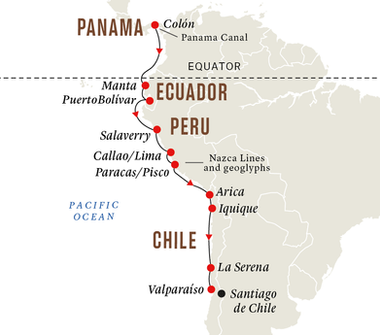

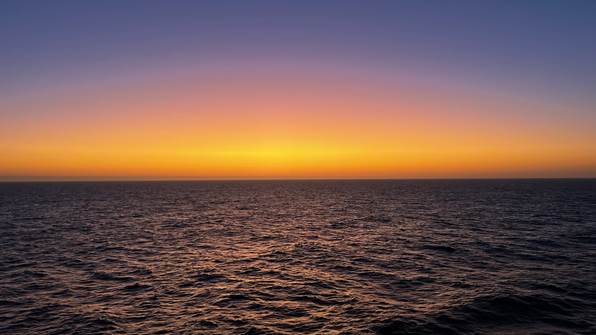









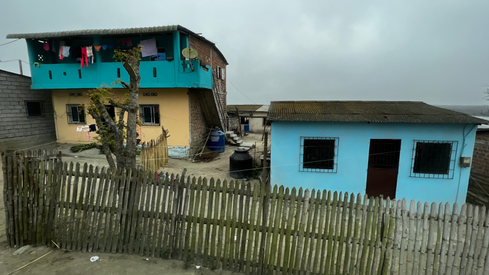

































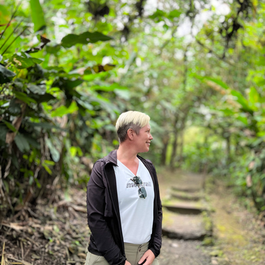









































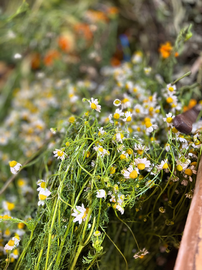









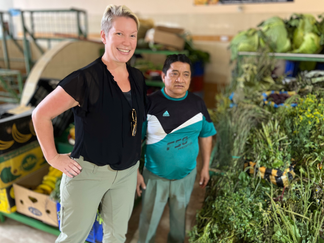











































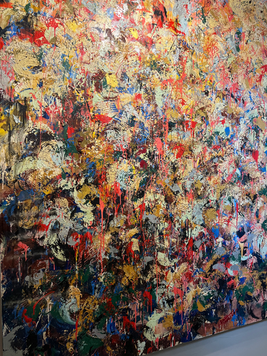















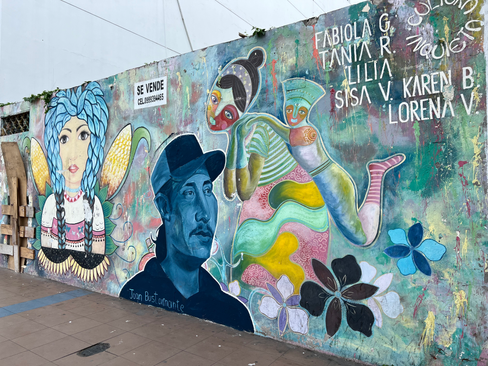















































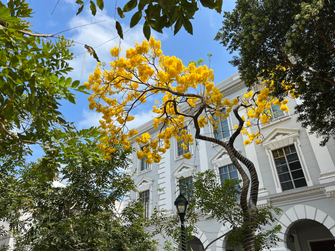





























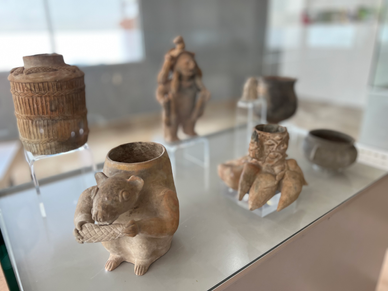

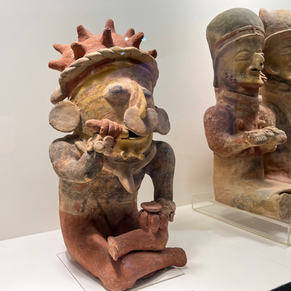

























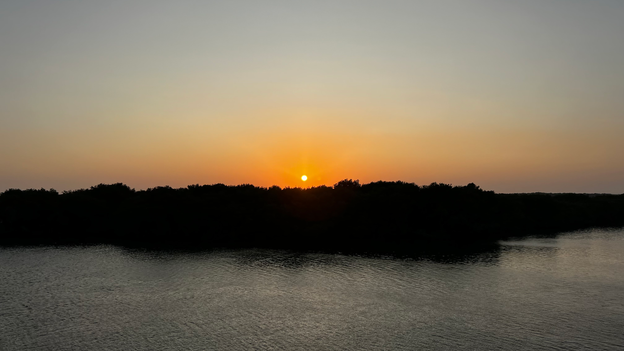



























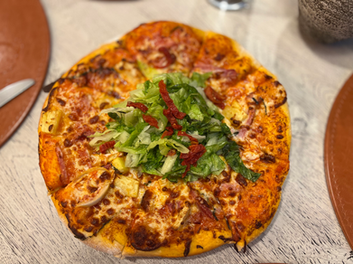

















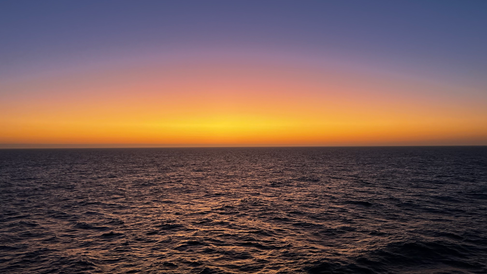










Comments